
The Portuguese guitar is a specific type of guitar which was developed in Portugal during the last centuries, directly descending from the European Cittern. It is a pear-shaped chordophone with six double course strings and it requires a distinctive plucking technique to be played.
The most common versions relate to Lisbon, where Fado takes the main role of its use, and Coimbra, where students from the oldest Portuguese university have used its tones to sustain their academic rhythms.

Playing the Portuguese guitar. Credit: Mario Vieira
As the sound generation from chordophones is intrinsically connected to the interaction between string vibration and the guitar structure (most usually the top soundboard), the acknowledgment of the dynamic behavior of these instruments enables the craft of better and more objective-focused guitars.
Classical guitars have been the focus of extensive research on their dynamic behavior; on the other hand, the Portuguese guitar, as a result of being mostly confined to Portugal, has been the focus of less research and, therefore, the secrets of its dynamic characteristics, which relate to its unique timbre, are yet to be discovered.
Third computational mode of the portuguese guitar
A research was produced by a group of researchers from IST, Lisbon, where the correlation between the experimental dynamic behavior of the guitar and its correspondent computational behavior was obtained. The experimental data, which had been previously obtained, was gathered using adequate dynamic equipment for an experimental modal description of mechanical structures. During these experimental procedures, the guitar, which is suspended mid-air by a cable, is excited through an instrumented hammer; on the other hand, accelerometers register the consequent vibrations of the structure. The post-processing of this data allows the experimental description of the dynamic behavior of the guitar.
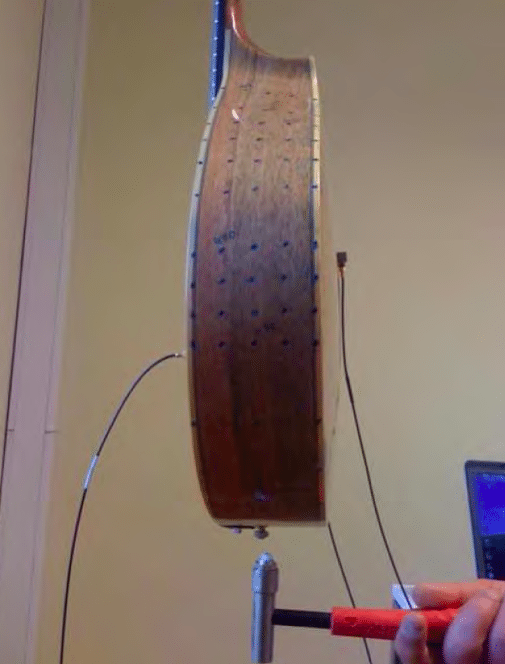
Figure 2 – Apparatus of the experimental setup for the guitar modal characterization, with two installed accelerometers (one per plate) and the instrumented hammer. Credit: Mario Vieira
The generation of the computational model of the Portuguese guitar raised a series of challenges, notably due to its complex geometry, inability to acknowledge the used woods and the difficult access to the reinforcements inside the air chamber. Therefore, different methodologies were employed. For wood acknowledgment, several guitar players and luthiers were contacted to obtain their opinion based on their settled experience. For the geometry definition of the tested guitar, visual inspection, radiography techniques, and 3D-scanning tools were used in order to describe, with the best detail possible, its complete geometry.
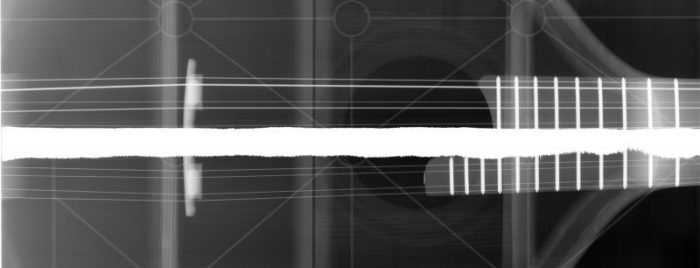
Figure 3 – One of the obtained radiographies for the analysis of the internal structure of the guitar. Credit: Mario Vieira
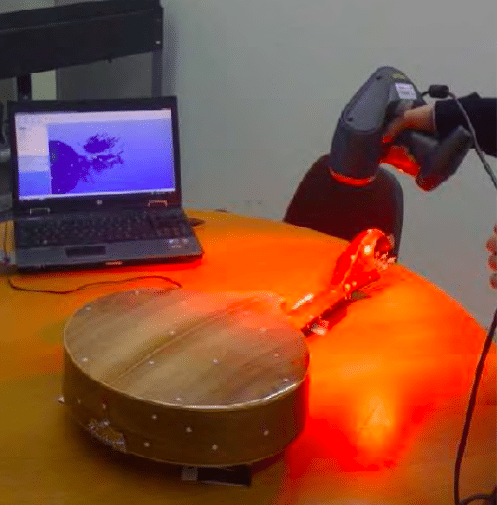
Figure 4 – 3D Digitalization of the tested guitar. Credit: Mario Vieira
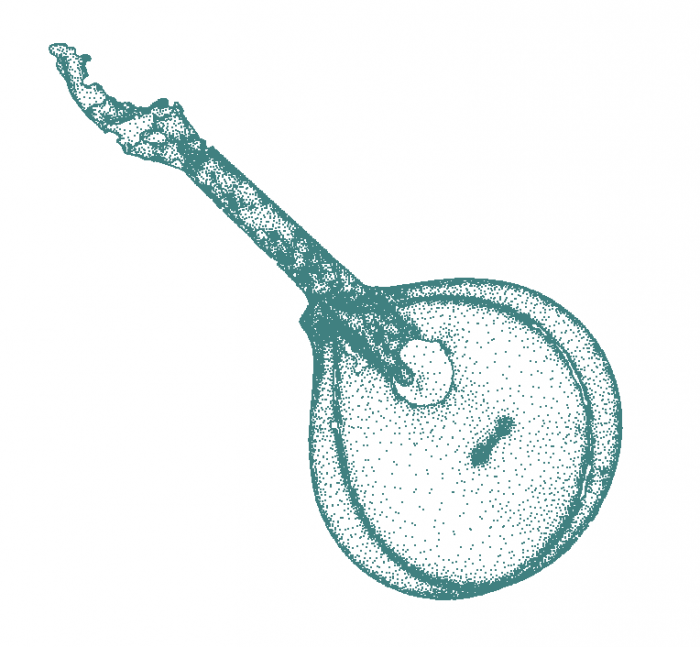
Figure 5 – Point cloud obtained from the 3D scanning. Credit: Mario Vieira
Modeling of the guitar was then produced using an adequate CAD software; in this specific case, Solidworks.
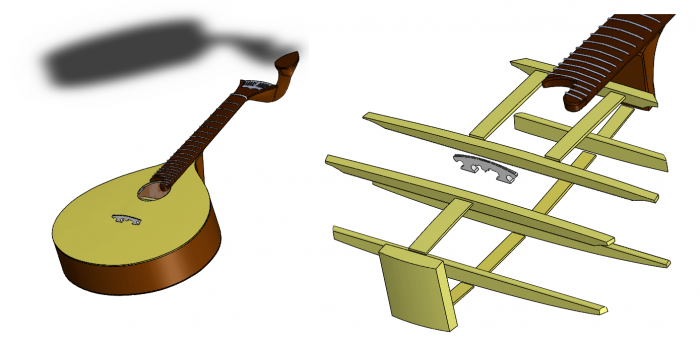
Figure 6 – Final CAD model of the guitar, with the internal reinforcements. Credit: Mario Vieira
The model was then exported to a relevant finite element model software, ANSYS Workbench 15. The produced analyzes did not only consist of structural modal ones; in fact, in this research, we have also used a vibro-acoustic model, where the air inside the guitar chamber was also considered. The consideration of the air which is inside the chamber has shown to be crucial by several previous types of research, both experimental and computational. In reality, the non-consideration of the air inside the chamber results in mismatches between the experimental and computational behavior, most especially at lower frequencies of vibration (up to 300 Hz).
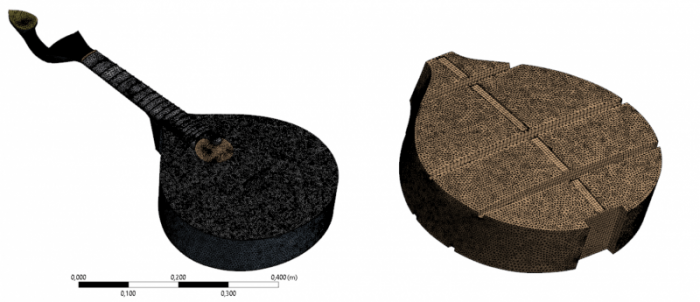
Figure 7 – Finite element mesh for the air inside the chamber and the guitar structure, for a total of 784256 finite elements. Credit: Mario Vieira
The obtained results confirmed that considering the air inside the chamber was utmost necessary to obtain a good correlation between the experimental and computational data; from the 17 modes that were experimentally described, the structural model only detected 10; the vibroacoustic model was able to detect 14. The difference is particularly relevant at the low-frequency modes since they are usually very dependent on the air-structure coupling; furthermore, these low-frequency modes tend to possess a prominent influence on the quantity and quality of the generated sound.
This research is fundamental as it is one of the first of its kind to evaluate the dynamic behavior of the Portuguese guitar using the most advanced finite element methods in the world. Furthermore, the use of these models will provide the Portuguese guitar luthiers with a tool which will allow them to improve the crafting of their instruments; either for general purposes or to tune a specific instrument to a certain tone.
These findings are described in the article entitled Experimental-numerical correlation of the dynamic behavior of the Portuguese guitar, recently published in the journal Applied Acoustics. This work was conducted by M. Vieira, V. Infante, P. Serrão, and A. M. R. Ribeiro from Universidade de Lisboa.








